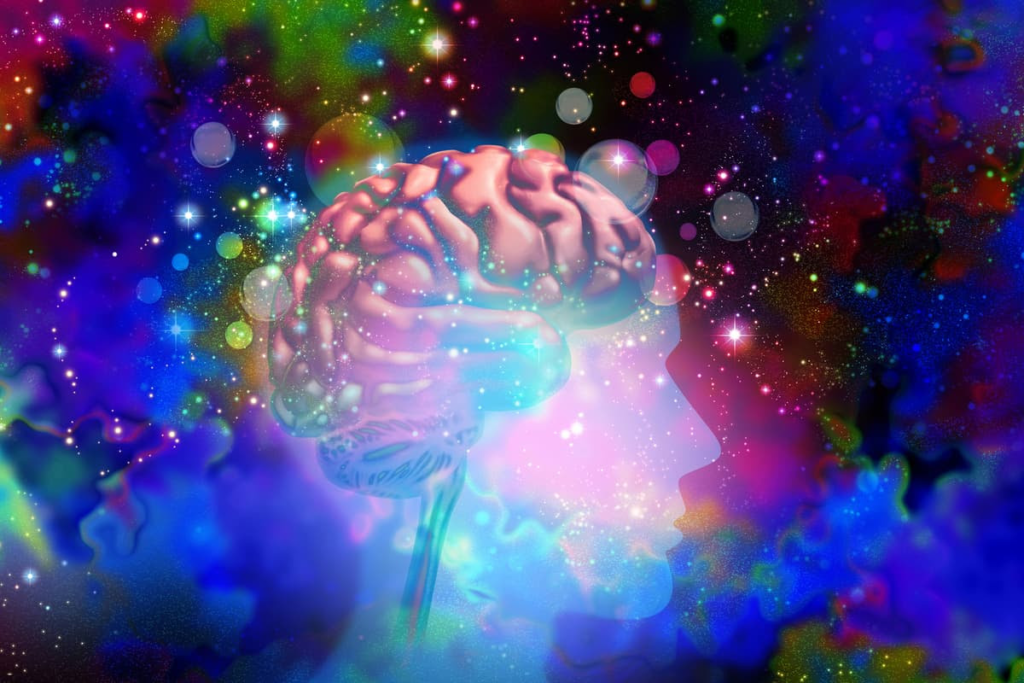By Paul McClure

A new study into using ketamine to treat depression has yielded surprising results. Despite the unique way in which the researchers ensured the trial was ‘blind’, those who received a placebo had the same improvement in symptom severity as those administered the psychoactive drug.
Clinical trials of psychoactive drugs like LSD, MDMA and ketamine have shown how effective they are at treating mental illness. But a problem researchers face when testing these drugs is that it’s hard for trials to be truly blind. It makes sense. Despite not being told which group received a psychoactive and which placebo, it’ll quickly become obvious to the participants and the researchers when the trippy effects kick in.
Researchers at Stanford Medicine adopted a novel approach to ensure their trial into the effects of ketamine on depression was as blind as possible: they administered a dose of ketamine or a placebo to the participants while they were anesthetized.
They recruited 40 participants with moderate-to-severe depression who were also scheduled for routine surgery. While anesthetized, participants received either a single infusion of ketamine or saline (placebo). Their depression severity was measured one, two and three days post-treatment using the Montgomery-Åsberg Depression Rating Scale (MADRS).
One day after treatment, both the ketamine and placebo groups’ MADRS scores dropped, on average, by half and remained around the same throughout the two-week follow-up.
“To put that into perspective, that brings them down to a category of mild depression from what had been debilitating levels of depression,” said Theresa Lii, lead author of the study.
At the last follow-up visit, participants were asked to guess which intervention they’d received. About a quarter said they didn’t know, and of those who took a guess, more than 60% guessed ketamine. The guesses didn’t correlate with their treatment but rather with how much better they felt.
With the surprising finding that ketamine had no greater effect than placebo in reducing the severity of the participants’ depressive symptoms, the researchers had to ask themselves, why? Was it caused by expectancy bias, the placebo effect, or good old-fashioned hope?
“In some ways, none of this is new,” said Boris Heifets, the study’s corresponding author. “Placebo is probably the single most effective, consistent intervention in medicine, full stop. It’s seen in every trial, and we should probably be paying more attention to the factors that give rise to it.”
These factors include how a study is described, interactions with healthcare professionals, and, in this case, the media hype surrounding the therapeutic use of ketamine.
“Saying ‘it’s just a placebo’ is really a disservice to what placebo is,” Heifets said. “It isn’t ‘I’ll feel better if I say it enough times,’ and it does not imply that there was nothing wrong with the patient.”
The researchers settled on the physiological resonance between the placebo effect – which they describe as hope – and how ketamine exerts its effects. Studies have shown that both affect the brain’s mu-opioid receptors, which process pain.
“There is most definitely a physiological mechanism, something that happens between your ears when you instill hope,” Heifets said.
The study’s findings also suggest that the psychedelic experience provided by ketamine may not be essential in order to receive its mental health benefits.
“Maybe with a non-hallucinogenic psychedelic analog you can get the same benefits without having to, you know, go to outer space,” said Heifets.
The study was published in the journal Nature Mental Health.
Source: Stanford Medicine

Leave a Reply